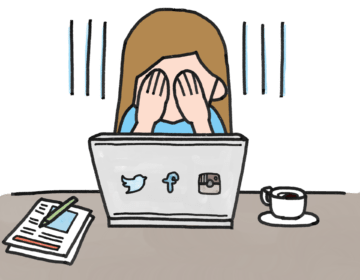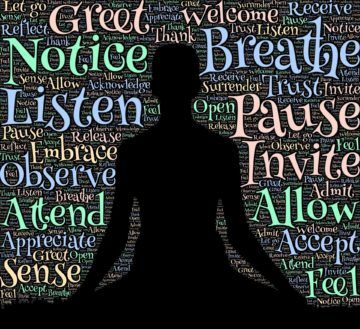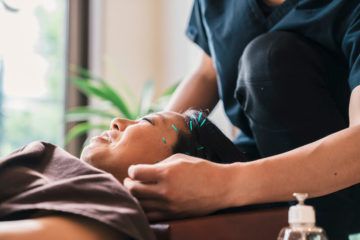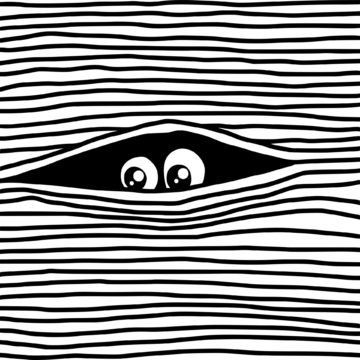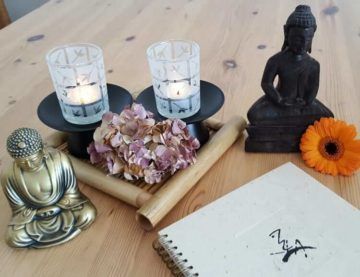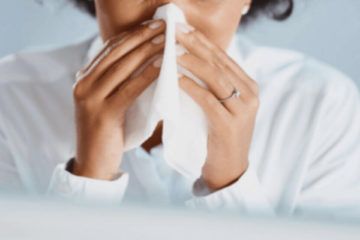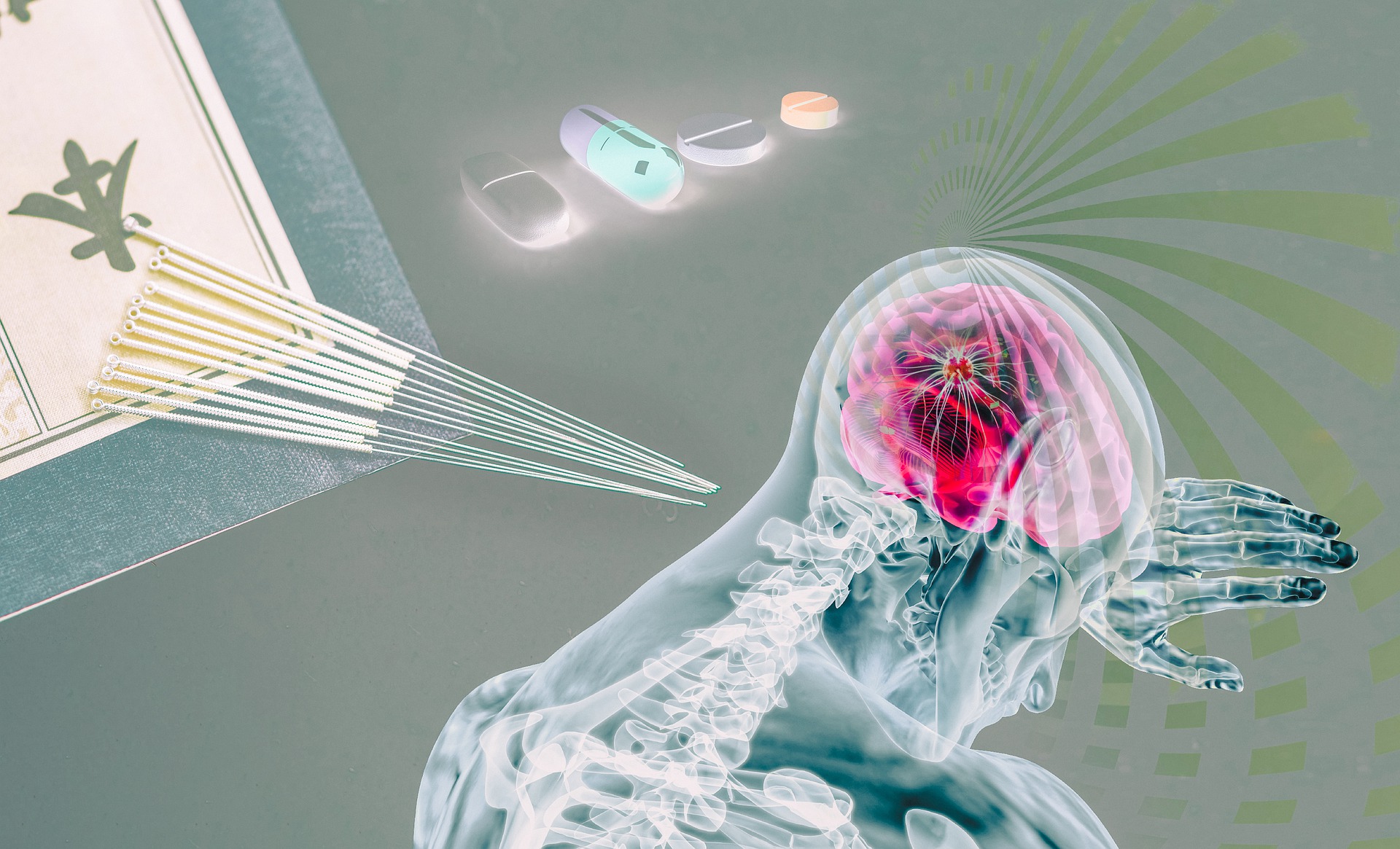
Different Modality, Different Training
I’m so excited that more and more people are learning about and receiving acupuncture and other forms of [formerly] “alternative” medicine. There is such beauty in all forms of medicine, and it’s so inspiring that there is a greater awareness of different options to both obtain and maintain health goals in different aspects of Mind, Body and Spirit. There is no one-size-fits-all in terms of health care, and so it’s important to explore alternative ways of approaching true holistic wellness.
With that being said, let’s get some clarity around acupuncture. I understand that there is a lot of information out there about different approaches to treatment with the use of acupuncture needles, and it can be overwhelming to choose a practitioner and approach that works best for you.
The number one thing you want to look for is that your acupuncturist is licensed in your state (This may seem obvious, but it never hurts to state this fact.). Many states, including Arizona, require acupuncturists to have a national certification through the National Certification Commission for Acupuncture and Oriental Medicine (NCCAOM). To receive this certification, an acupuncturist must have graduated from or completed training in a board-approved program of acupuncture with a minimum of 1,850 hours, including least 800 hours of clinical training. A candidate must then complete the National Board exam before applying for licensure. AZ License Requirements
Please note that the training requirements for a medical doctor to perform “Medical Acupuncture” differ greatly from those of a licensed acupuncturist. The American Board of Medical Acupuncture (ABMA) states:
“The whole course should be devoted to acquiring the knowledge and skill in acupuncture as well as the related basic theory for at least 200 hours of formal training….Of that program, at least 100 hours are to be clinical in nature, 100 hours didactic.” Medical Acupuncture Board
Like a medical doctor, when appropriate, a chiropractor is also able to incorporate basic acupuncture into their treatment plan. This is called “Chiropractic Acupuncture,” and here in the state of Arizona, the State of Arizona Board of Chiropractic Examiners requires chiropractors to complete “…100 hours of study in acupuncture at an accredited chiropractic college or postgraduate study with an instructor on the active or postgraduate staff of an accredited chiropractic college.” Arizona Chiropractic Board
Finally, there can also be a lot of confusion regarding the difference between “dry needling,” and acupuncture. While there are different approaches to dry needling, it is essentially a form of treatment in which a filiform needle in inserted in trigger points as a form of pain reduction. This therapy may include a practitioner rapidly inserting and removing the needle in a localized trigger point, or they may leave the needle in and attach it to an electrical stimulation (e-stim) device. Though dry needling is prohibited in some states, here in Arizona, many physical therapists and chiropractors have incorporated this modality into their practices. According to the Arizona Physical Therapy board, a licensed practitioner can deliver this therapy after going through a 24-hour training (27 hours for chiropractors). The governing board is clear to point out that “Dry needling cannot be delegated to any assistive personnel,” so for your safety, it is important to ensure that this guideline is followed in all settings. Please refer to Arizona PT Board for more information on this topic.
Finally, returning to the topic of acupuncture, there is another group of people who are also qualified to do acupuncture in a controlled setting. These are professionals certified by the National Association of Detox Acupuncture (NADA) who use acupuncture in the fields of mental health, addictions, recovery and as part of disaster relief efforts. The NADA protocol has been successfully used for 50 years in the field of addiction recovery, and the use of this treatment approach continues to be common in recovery centers across the United States. The trained professionals using this approach, which utilizes specific acupuncture points on the ear, are called Acupuncture Detoxification Specialists (ADS). To become certified as an ADS, a professional (typically those working in addictions, mental health, correctional settings or on disaster relief teams) must undergo several days of education in acupuncture theory and practice before they embark on internship hours to complete the training. State, provincial, tribal and regional laws and regulations vary when it comes to non-acupuncturists practicing acu-detox. While it is unlikely an agency would offer these services by untrained professionals, it doesn’t hurt to ask questions about certifications in any setting. To learn more about NADA and the healing work they do around the world, please visit their website at NADA.
I have heard of other professionals doing “dry needling,” or their version of acupuncture. I would strongly caution against permitting anyone who is not trained or licensed in the therapeutic use of acupuncture needles from inserting needles anywhere on your body. While there is little to no harm as a side effect in an actual acupuncture session, physical or emotional concerns can be stirred up, so it is important that you only work with trained professionals. An untrained person may insert a needle too deeply, or may not be following appropriate Clean Needle Technique, which could result in bodily harm and infection. Additionally, there are contraindications to both dry needling and acupuncture, and you and your provider need to be always aware of these.
This is a lot of information to take in. However, I hope that it has illustrated that while there are myriad forms of acupuncture to choose from, there are now also different professionals using acupuncture needles for various approaches to their specific therapies. Each approach is unique to that profession, as are and outcomes to treatment. Training varies by profession, and it is always important to ensure your provider is educated and certified by the appropriate governing body.
Obviously, I am biased to acupuncture theory and the decade plus of experience I have in this field as an approach to treating the root cause of most health concerns. But as a true holistic practitioner, I never rule out other (safe) options of care. As we know more, we can do more. As we can do more, we can heal more. Let’s work together to heal ourselves and our planet.



